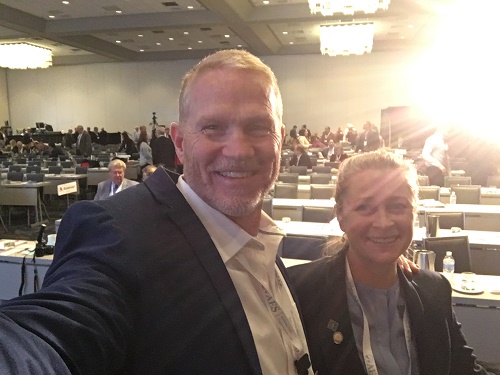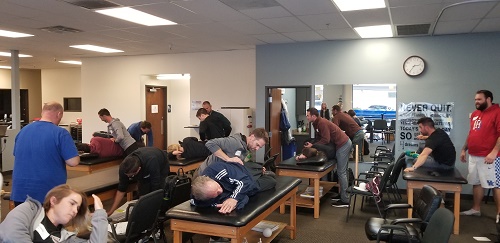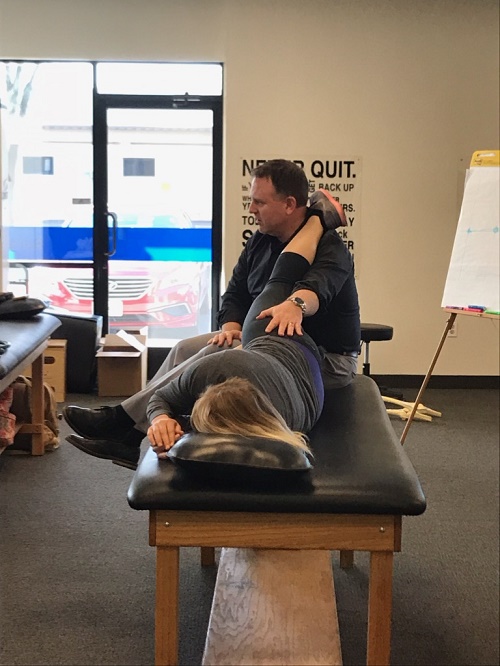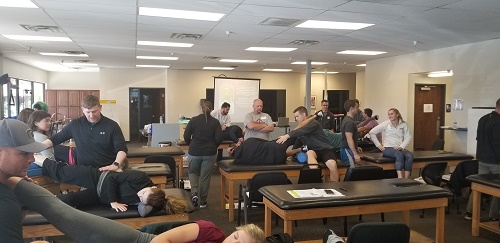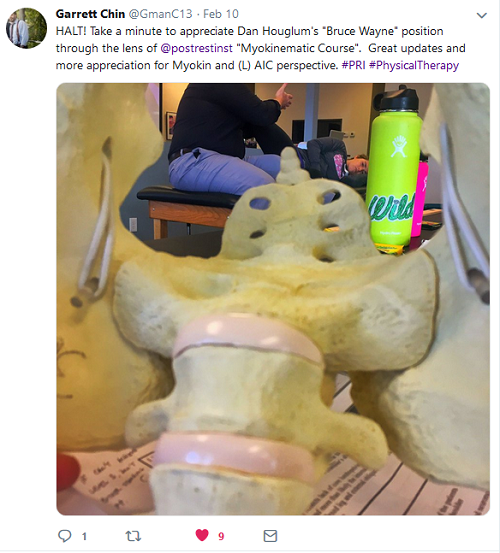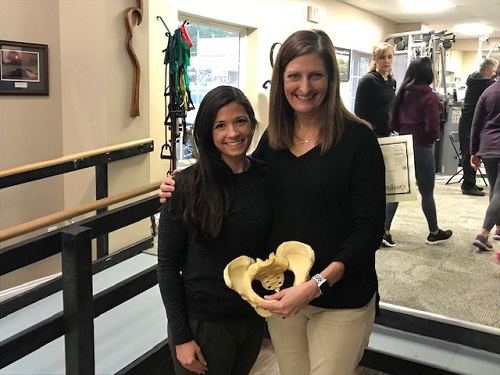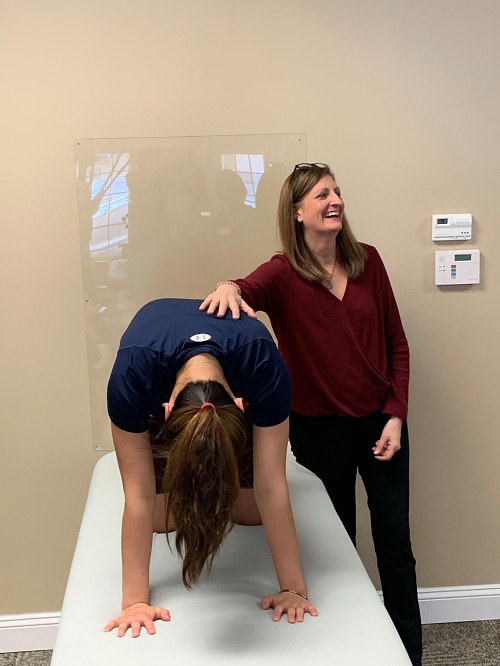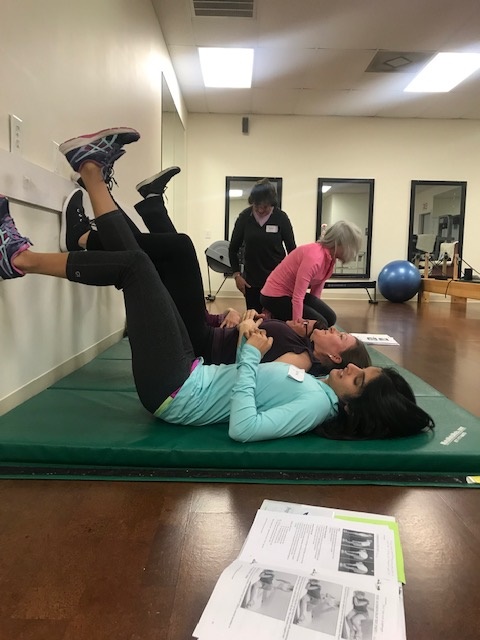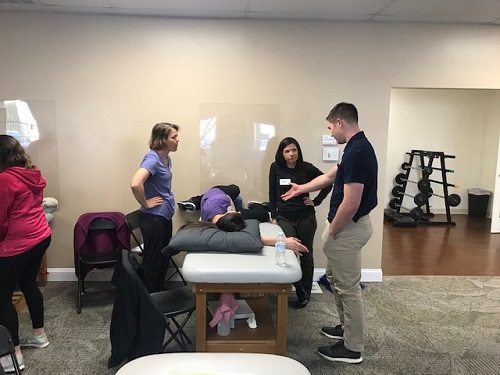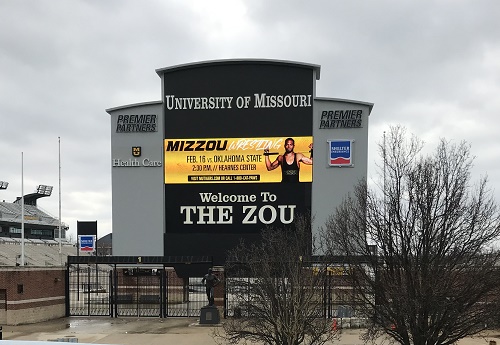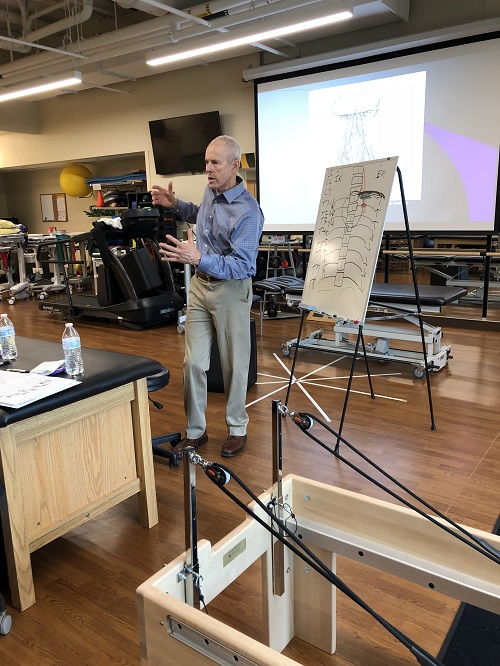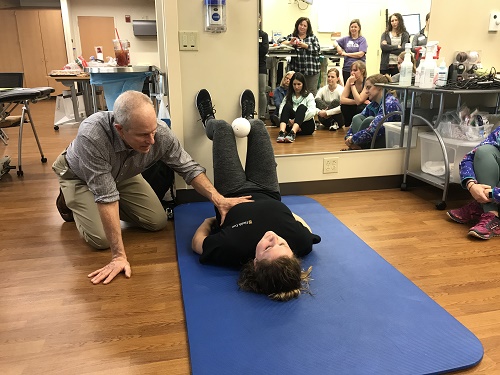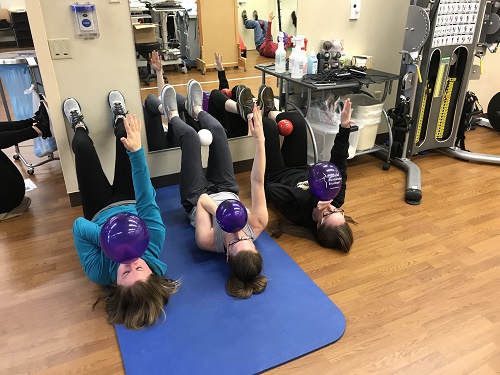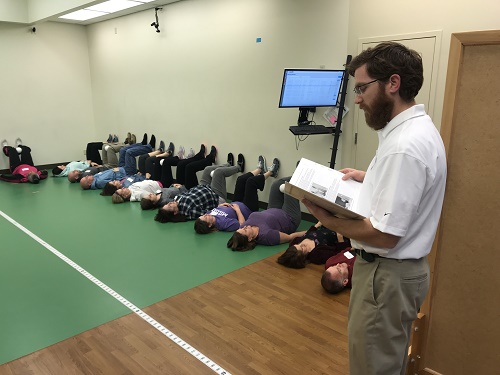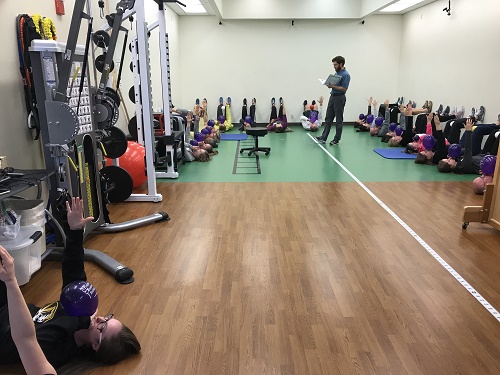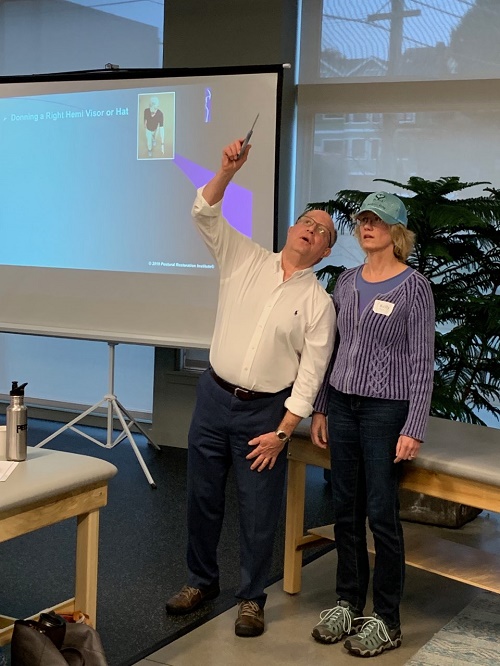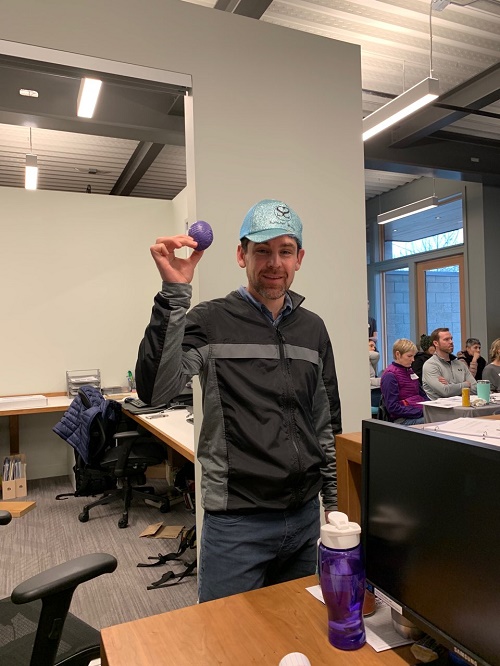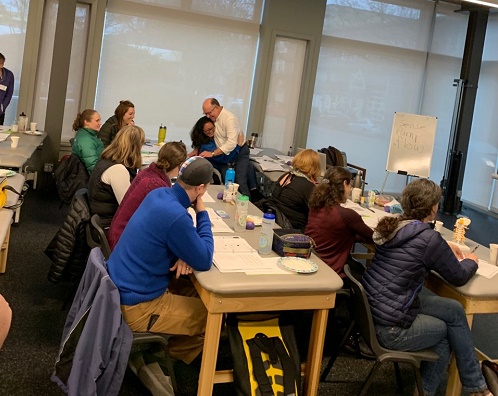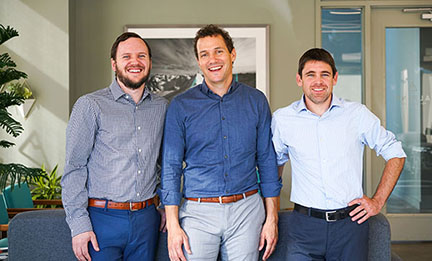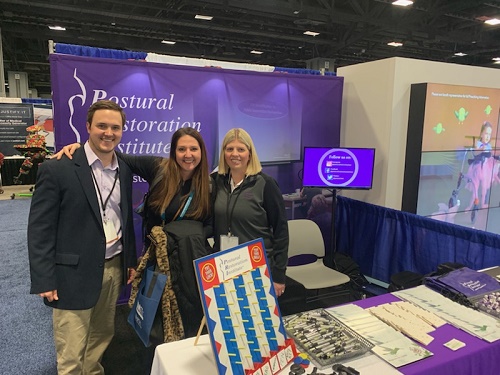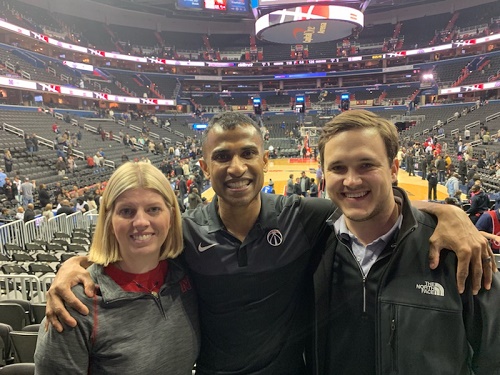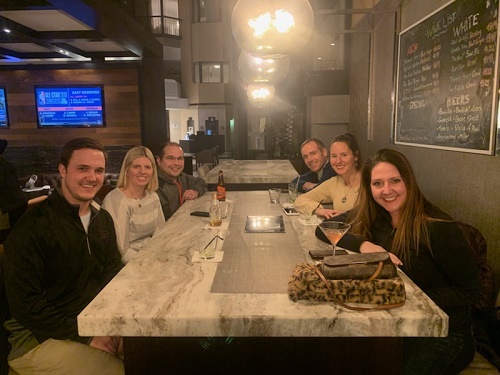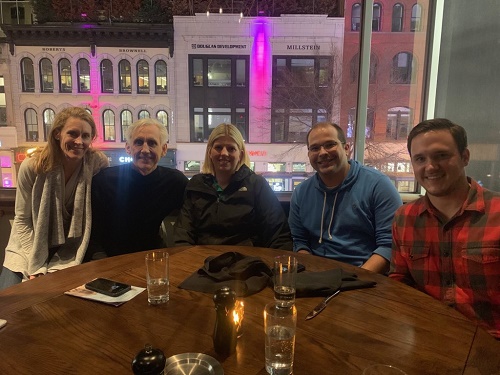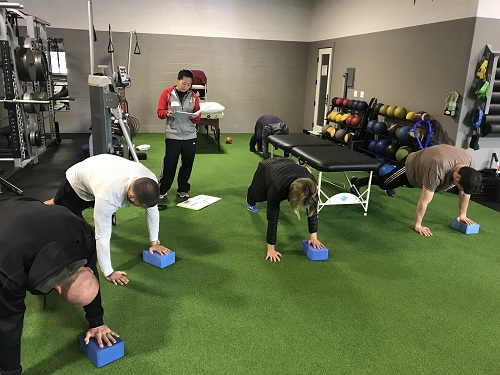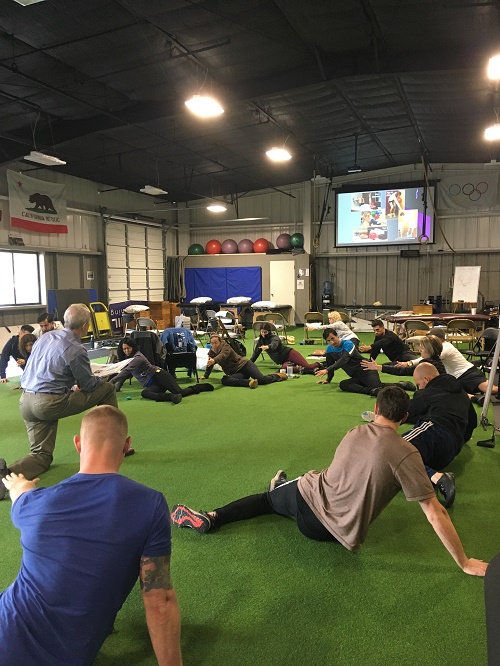We were excited to see a newly published article this past week titled "Effects of Two Different Recovery Postures during High-Intensity Interval Training". This study was performed at Western Washington University, and includes PRC therapist Wren McLaughlin as one of the authors. While on faculty at Western Washington University, Wren was instrumental in sharing some PRI concepts with her colleagues and students. This study examined the effects of two different recovery postures, hands on head (HH) and hands on knees (HK) as a form of immediate recovery from high-intensity interval training. The researchers wanted to explore the effects of maximizing a diaphragmatic zone of apposition (ZOA) through a flexed spinal posture (hands on knees) rather than an extended posture (hands on head), during recovery breathing.
The results of their study indicated that the hands on knee posture significantly improved HR recovery, tidal volume, and carbon dioxide elimination in comparison with the hands on head posture. Thank you Joana, Lorrie, David, Wren and Dylan for your work on this study, and for publishing these results for the world to see. You have provided such valuable data that will hopefully result in a new recovery position (and a deeper understanding of its benefits) for clinicians, coaches, athletic trainers, strength and conditioning coaches, personal trainers, and athletes around the world!

